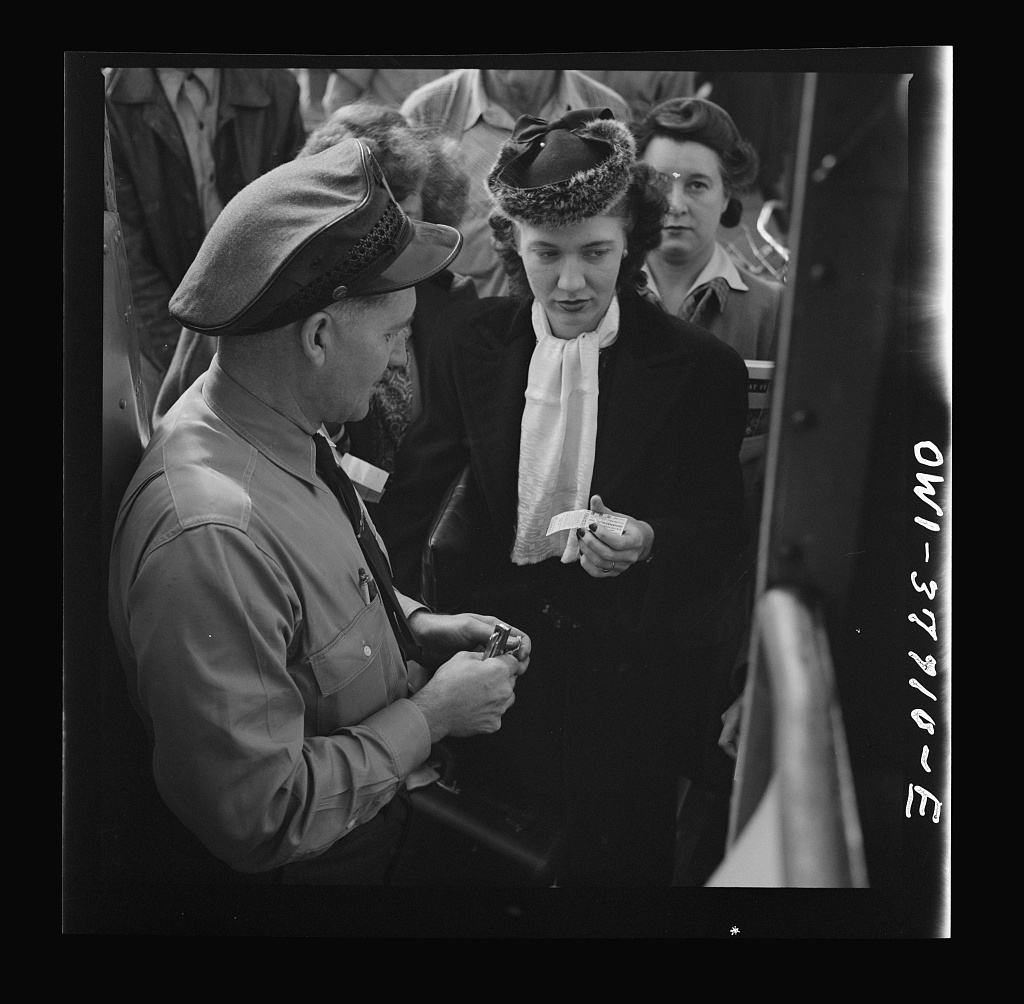The “ladies first” practice is a traditional social etiquette guideline that suggests women should be given precedence or priority in certain situations over men. This practice can manifest in various contexts, such as entering a room, boarding public transportation, receiving assistance, or being served in a line. The underlying principle behind “ladies first” is rooted in historical notions of chivalry and gallantry, where men were expected to demonstrate respect and deference towards women. However, in modern times, the practice has come under scrutiny for its potential to perpetuate gender stereotypes and reinforce inequalities between men and women.
In the realm of social etiquette, the phrase “ladies first” has been ingrained as a sign of courtesy and respect towards women. However, in the context of modern society striving for gender equality, the practice of prioritizing women over men can be viewed through a different lens, raising questions about fairness and discrimination.
Historically, the concept of “ladies first” emerged from chivalric traditions, where men were expected to demonstrate gallantry and protectiveness towards women. While these notions may have been well-intentioned in the past, they now clash with the principles of gender equality that advocate for equal treatment and opportunities regardless of gender.
One of the key issues with the “ladies first” practice is its implication of gender-based preferential treatment. By prioritizing women in various scenarios, whether it’s entering a room, boarding public transport, or receiving assistance, men are implicitly relegated to a secondary status. This perpetuates the stereotype that women are delicate beings in need of special consideration, while men are expected to fulfill the role of protector or provider.
Moreover, the enforcement of “ladies first” can lead to systemic disadvantages for men in certain situations. For instance, in public transport settings where seating is limited, giving precedence to women may result in men having to stand for extended periods, especially during peak hours. This not only creates physical discomfort but also reinforces outdated gender norms that dictate women’s entitlement to special treatment.
Critics of the “ladies first” practice argue that it undermines the principles of meritocracy and equality of opportunity. In contexts such as job interviews or academic admissions, prioritizing one gender over the other based on outdated social conventions can unjustly disadvantage individuals solely on the basis of their gender. This runs counter to the principles of fairness and impartiality that should govern such processes.
Furthermore, the perpetuation of “ladies first” can hinder progress towards true gender equality by reinforcing gender stereotypes and biases. By constantly reaffirming the idea that women require special treatment, society risks perpetuating the notion of female fragility and dependence, undermining efforts to empower women as equal members of society.
In conclusion, while the practice of “ladies first” may have historical roots in notions of chivalry and respect, its application in modern society can perpetuate gender discrimination and hinder progress towards gender equality. Moving towards a more egalitarian approach that prioritizes fairness and equal treatment for all individuals, regardless of gender, is essential in creating a more inclusive and just society for everyone.

Some men still follow the “ladies first” rule as you can see in this reddit question.